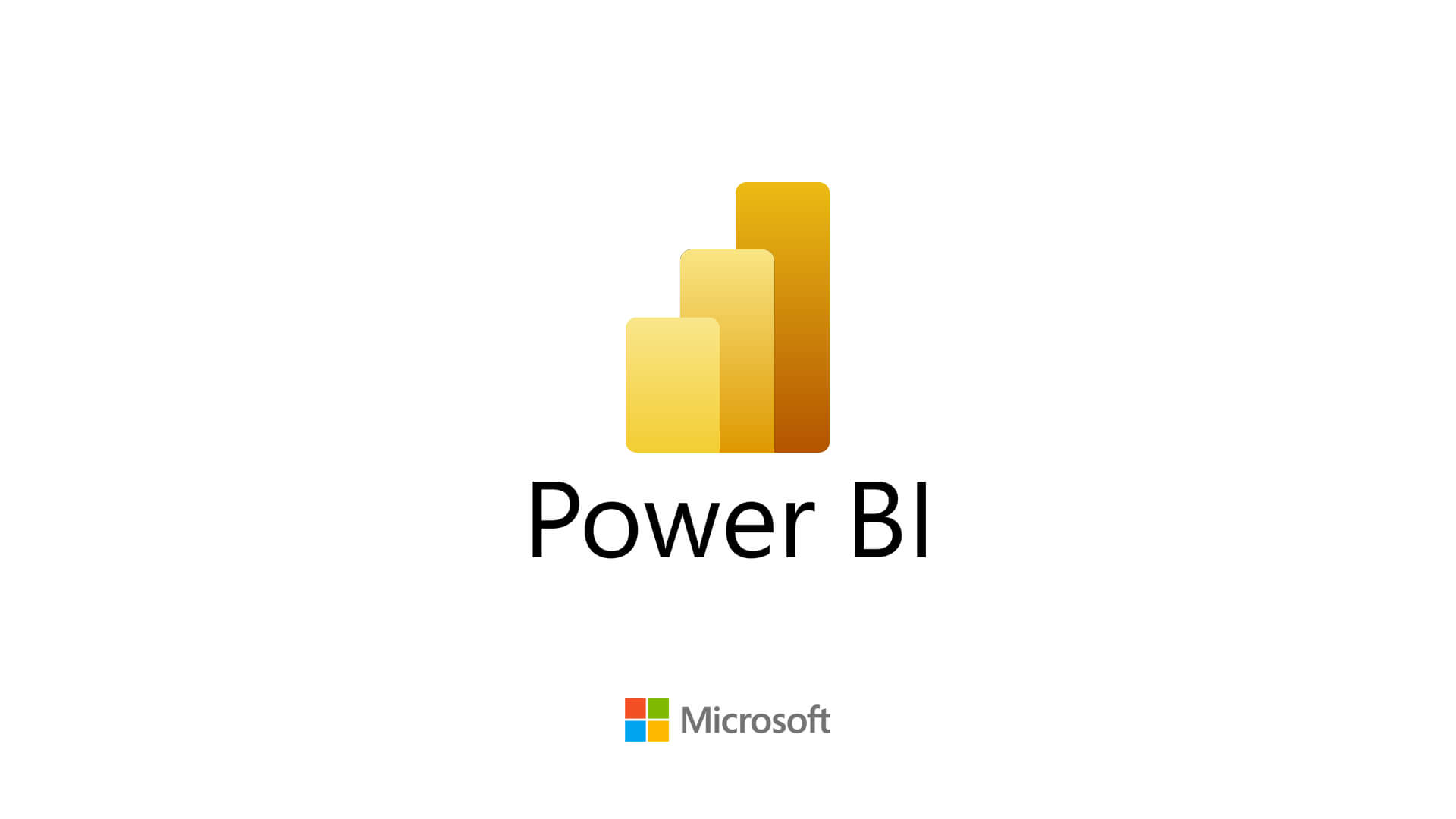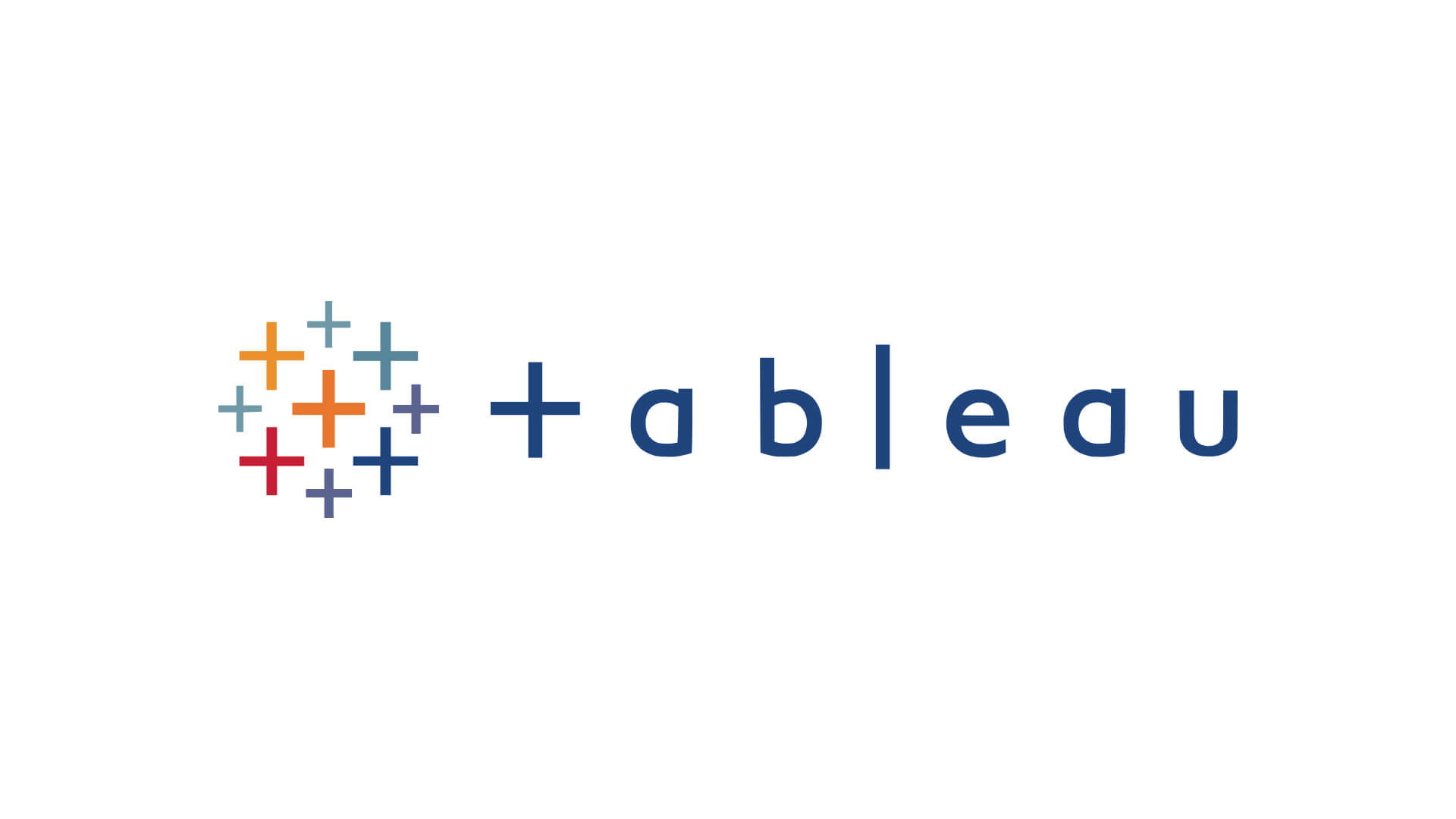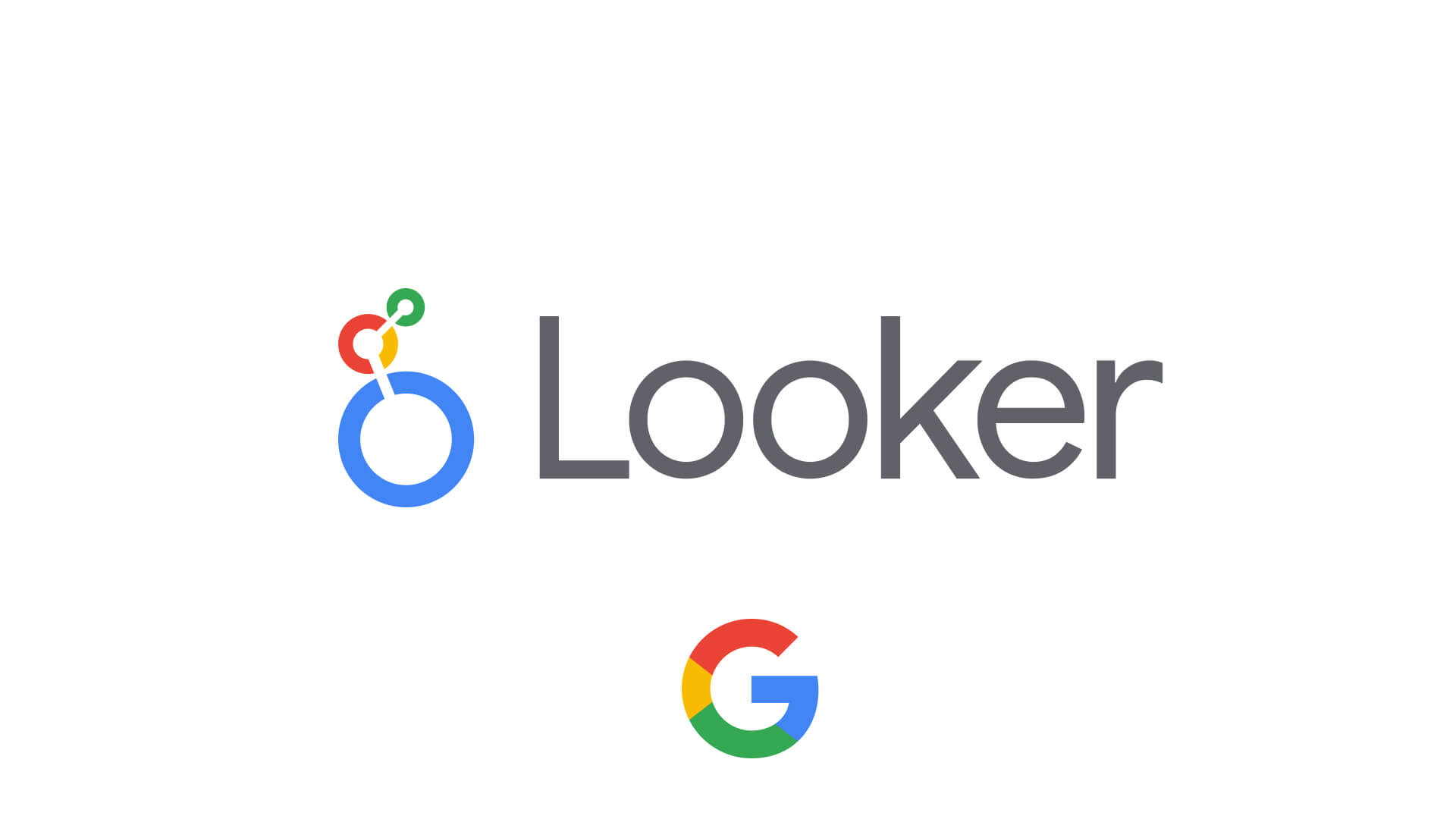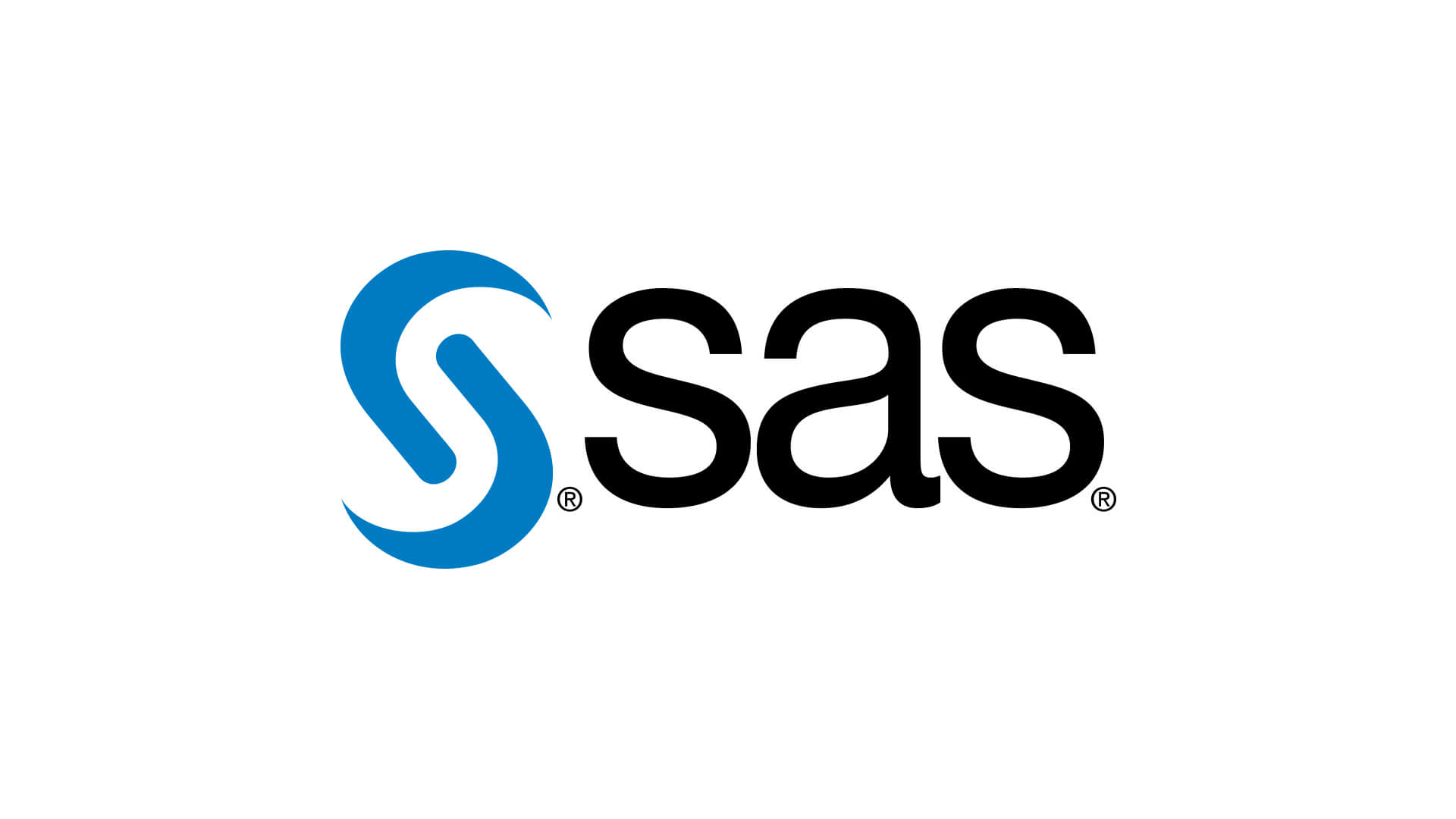Data Analytics Introduction
As data-driven decision-making continues to power growth across industries in 2024, new data analytics tools have emerged with advanced capabilities in visualization, predictive analytics, and compliance support. Here’s a look at five essential tools that have shaped the data analytics landscape this year, helping companies tap deeper insights and drive strategic change.
Emerging Data Analytics Trends in 2024
In 2024, data analytics has become more intelligent and responsive than ever, with AI and machine learning now forming core components of analytics tools. Emphasis on data quality, governance, and integration has been paramount, helping companies ensure data integrity and make more reliable predictions. Natural language processing (NLP) capabilities have also surged, enabling tools to analyze complex, unstructured data—vital for insights like customer sentiment and market forecasting.
Power BI — Leading the Way in Visualization

Overview
Microsoft’s Power BI continues to lead as a premier tool for data visualization. With extensive integration and ease of use, Power BI allows businesses to transform complex data into actionable insights, accessible to all team members.
Key Features
- Microsoft Suite Integration: Seamlessly integrates with Microsoft tools, enabling quick data extraction, transformation, and analysis.
- AI-Driven Predictive Analytics: Offers predictive models to enhance forecasting and strategic planning.
- Data Governance and Compliance: Includes features for secure role-based access, ideal for regulated sectors.
Best Use Cases
Power BI shines in real-time analytics, making it ideal for teams in sales and operations. B2B companies can leverage Power BI’s robust KPIs and data modeling to optimize customer experience and refine sales funnels.
Power BI in Comparison
Power BI’s user-friendly interface makes it accessible across teams, particularly advantageous for companies already using Microsoft products.
Power BI — Leading the Way in Visualization
Tableau — Mastering the Art of Visual Insights

Overview
Tableau is a leader in creating visually compelling, data-rich insights. With its intuitive drag-and-drop functionality, Tableau turns complex data into dynamic visuals that are easy to interpret.
Key Features
- Advanced Visualizations: Provides a wide range of visual tools, from interactive dashboards to intricate data graphics.
- Real-Time Analytics and Storytelling: Supports immediate insights, allowing companies to make data-informed decisions on the spot.
- Scalability for Big Data: Designed to handle large datasets, making it suitable for enterprises with vast data needs.
Use Cases in Predictive Modeling
B2B companies use Tableau for predictive analytics, creating forecasts and models for customer segmentation and retention. Marketing teams, for instance, can predict customer churn by analyzing historical behavior.
Unique Strengths of Tableau
Tableau’s scalability and storytelling capabilities make it ideal for organizations seeking real-time insights to inform long-term strategies.
Tableau — Mastering the Art of Visual Insights
Looker Studio — Integrating Seamlessly with the Cloud

Overview
Google’s Looker Studio is a fully cloud-native analytics tool, providing easy access to data across the Google ecosystem. It is highly adaptable to companies already leveraging Google’s platforms.
Key Features
- Google Cloud Integration: Unifies data from various Google services for seamless access and analysis.
- Embedded Analytics: Embeds insights directly within workflows, enabling quick action based on data.
- Collaborative Capabilities: Allows teams to collaborate easily with interactive dashboards.
Best Use Cases for B2B
With its strong integration with Google Cloud, Looker Studio is ideal for large-scale digital marketing and analytics. B2B companies with extensive Google histories can use Looker to visualize and analyze marketing data effectively.
Why Looker Studio Stands Out
Looker Studio offers excellent interoperability within the Google environment, making it particularly useful for teams needing streamlined cross-department collaboration.
Looker Studio — Integrating Seamlessly with the Cloud
SAS Analytics — A Leader in Statistical Analysis

Overview
SAS Analytics has long been the go-to tool for organizations with strict compliance and high data governance needs. Its power lies in complex data environments requiring precision analytics and advanced modeling.
Key Features
- Advanced Statistical Capabilities: Unmatched in statistical modeling, essential for industries needing precision.
- Strong Governance Features: Highly secure, making it an excellent choice for finance and healthcare sectors.
- NLP Capabilities: Provides actionable insights from unstructured data, supporting customer and market analysis.
Top Applications
SAS Analytics is ideal for predictive modeling in sectors requiring rigorous compliance, such as healthcare and finance, where accuracy is crucial.
SAS vs. Competitors
SAS stands out for its compliance and security focus, a vital feature for industries with strict data governance requirements.
SAS Analytics — A Leader in Statistical Analysis
Machine Learning-Focused Analytics Tools
Overview
Machine learning-specific tools like DataRobot and RapidMiner offer unique advantages for predictive analytics in B2B settings. These tools streamline machine learning processes, enabling teams to derive insights without deep technical expertise.
Key Features
- No-Code & Low-Code Interfaces: Accelerates model creation and testing, perfect for quick deployments.
- Automated Feature Engineering: Tools like DataRobot empower teams to test data science ideas without needing to build models from scratch.
- Predictive Capabilities: Provides valuable insights for marketing, customer segmentation, and fraud detection.
Use Cases
These tools are ideal for B2B contexts that require rapid insights, such as customer segmentation, personalized marketing, and fraud detection.
The Machine Learning Advantage
For B2B companies aiming to roll out data science initiatives quickly, these tools offer a streamlined, efficient pathway to actionable insights.
Choosing the Best Data Analytics Tool for Your Organization
Selecting the right tool depends on a company’s unique needs, from scalability and integration to advanced analytics. Visualization leaders like Power BI and Tableau excel in data presentation, while Looker Studio offers a cohesive cloud-native experience. SAS Analytics remains indispensable for compliance-heavy industries, while machine learning tools provide agility for fast-paced analytics.
The road ahead for data analytics is promising, with each of these tools driving innovation and setting the stage for advancements in AI-driven analytics, real-time insights, and seamless data integration into daily operations.

